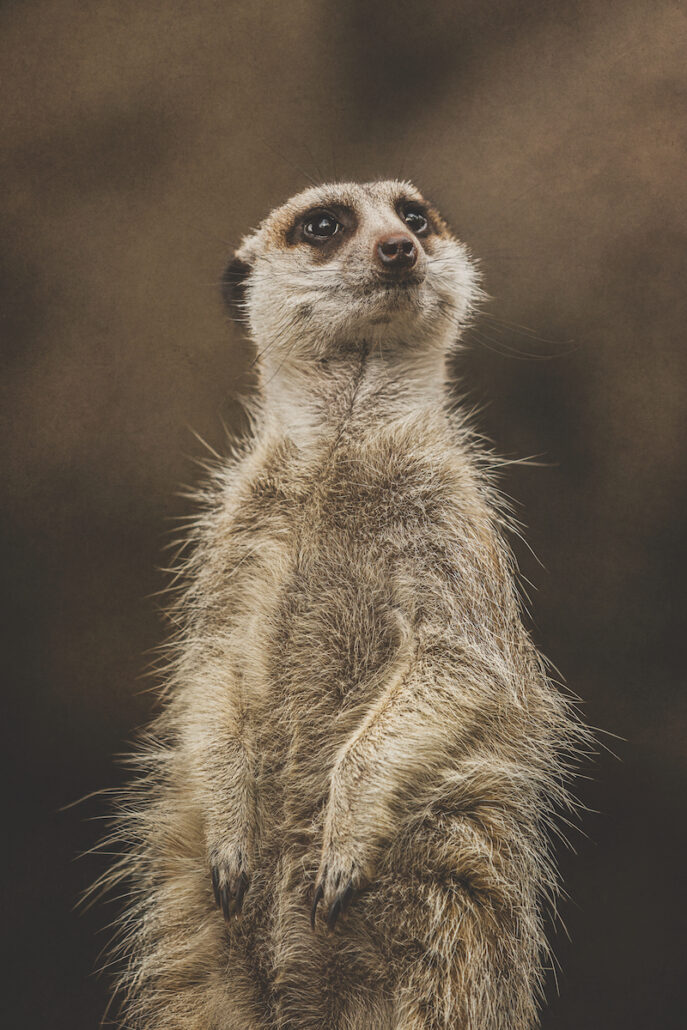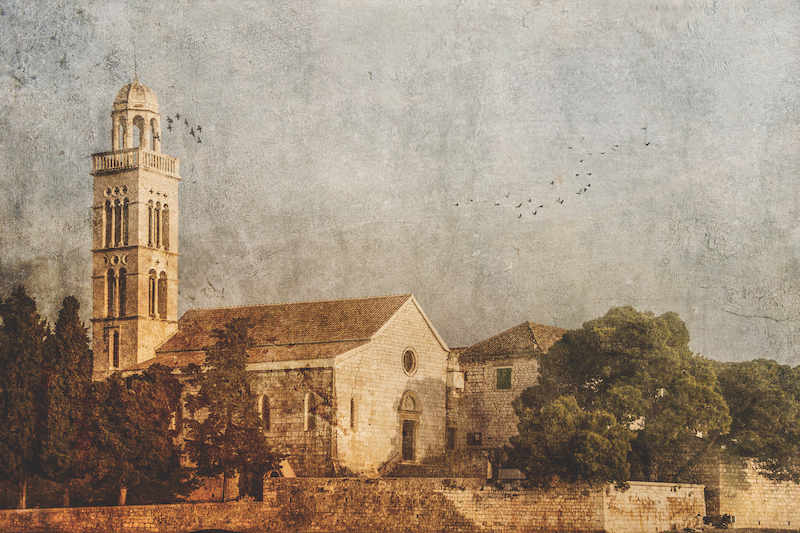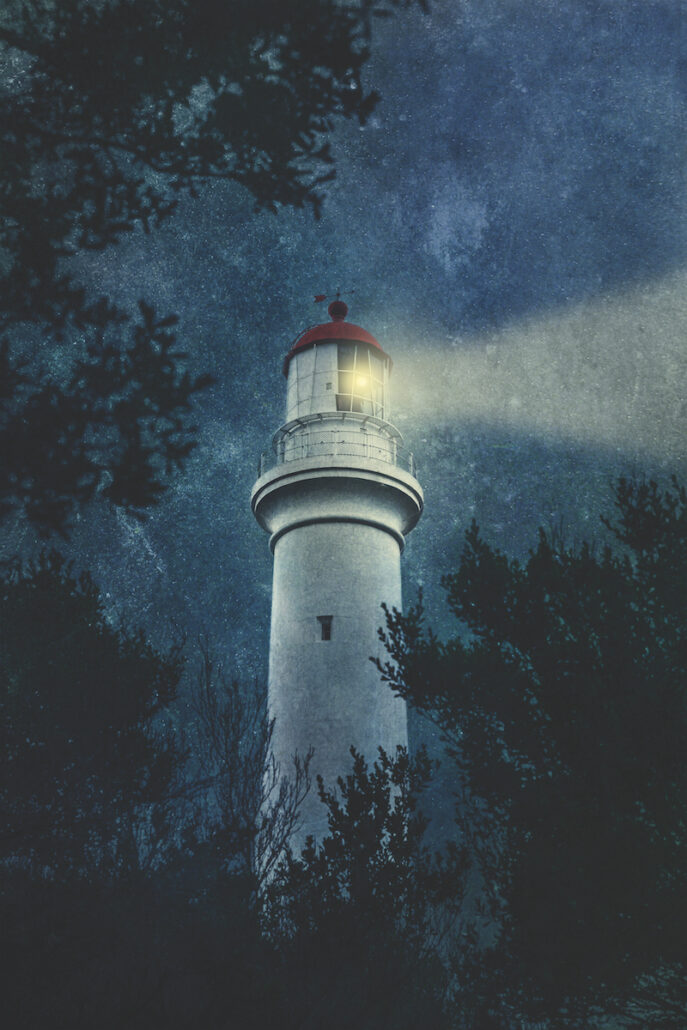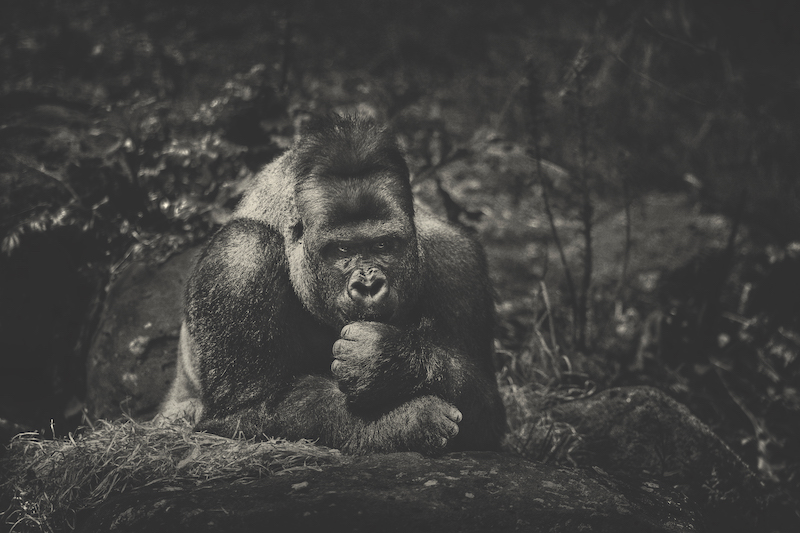Coming from a background in architectural photography, it may seem surprising that the work of Melbourne-based artist Andrew Paranavitana is so driven by narrative. “I create visual stories within my work”, he says, “figurativism lends itself to the process of creating this story, forming the main character of every piece”. However, these main characters are rarely human, the artist instead using landscapes and wildlife to propel his audience through meditations on very human problems. Paranavitana is unafraid to address the more sombre aspects of life in his work, with the themes of loneliness, absence, and grief pervading his practice, the artist looking to address what he calls the ‘shadow self’ within all of us. We often turn away from this self, uncomfortable with addressing these emotive states or experiences. Paranavitana instead finds the beauty in them, using photography and digital artmaking techniques to create tableaus that guide us inward. Without human players, these scenes can be internalised, and used by the viewer on a deeply individual level. The artist plays with colour and texture, giving his works an almost nostalgic feel, with sepia tones and grainy overlays turning images into memories almost forgotten. Animals deep in thought speak to wordless feelings, Paranavitana expertly utilising the universality of body language as a storytelling mechanism. Imagined landscapes guide us through the landscape of our own minds, inhabited only by what we have left behind or tried to forget, supressed emotions playing out against crumbling walls. Paranavitana’s works are works of the mind, translating the immateriality of thought into photographic narratives, forging new mental pathways and seeking new perspectives on old wounds.
Above: Andrew Paranavitana, Contemplation, 2023. Photographic Art, 60 x 40cm. Courtesy: the artist.

Andrew Paranavitana, Lookout, 2023. Photographic Art, 40 x 60cm.

Andrew Paranavitana, Soujourn, 2023. Photographic Art, 60 x 40cm.

Andrew Paranavitana, Seeking Hope, 2019. Photographic Art, 40 x 60cm

